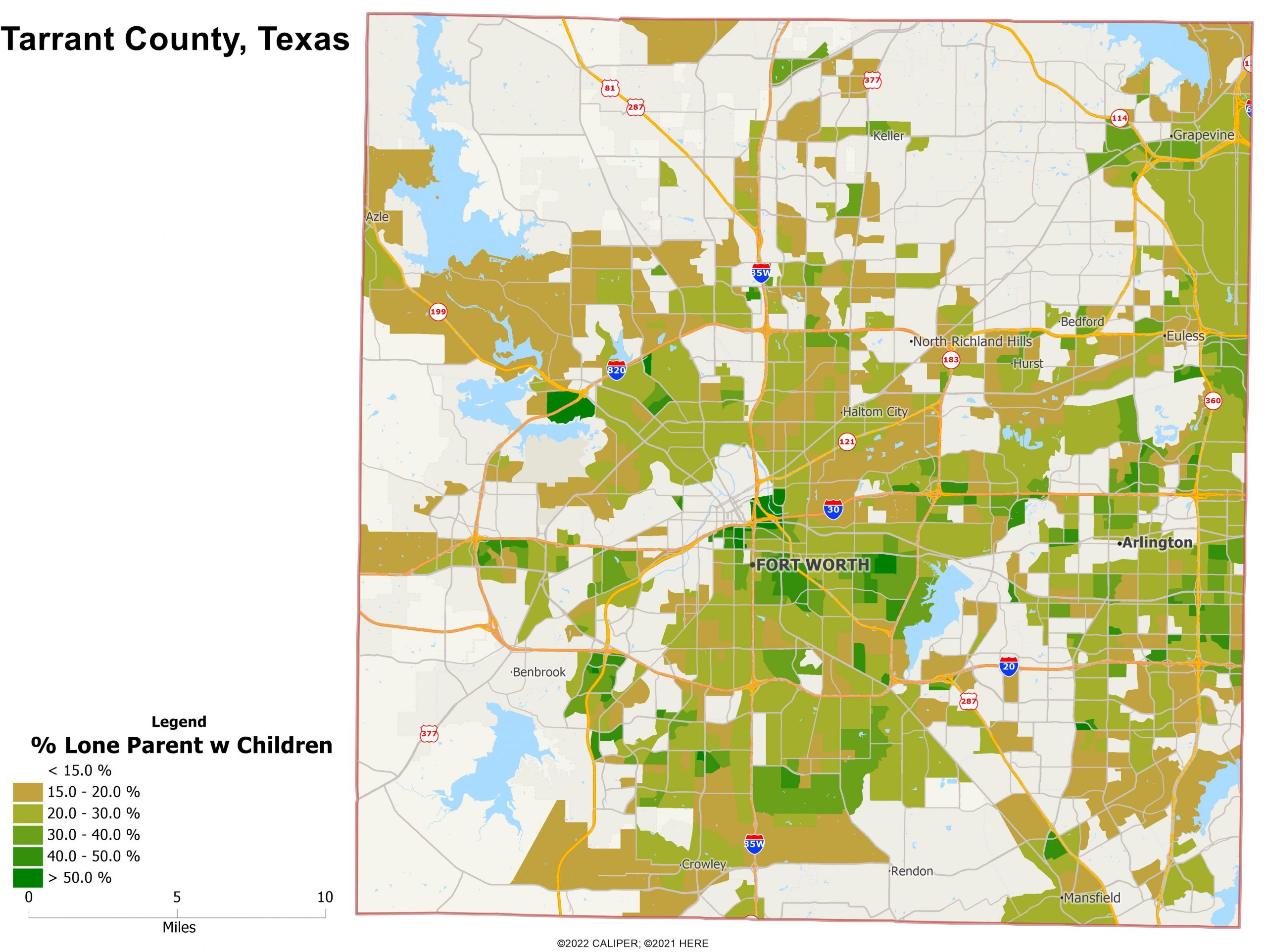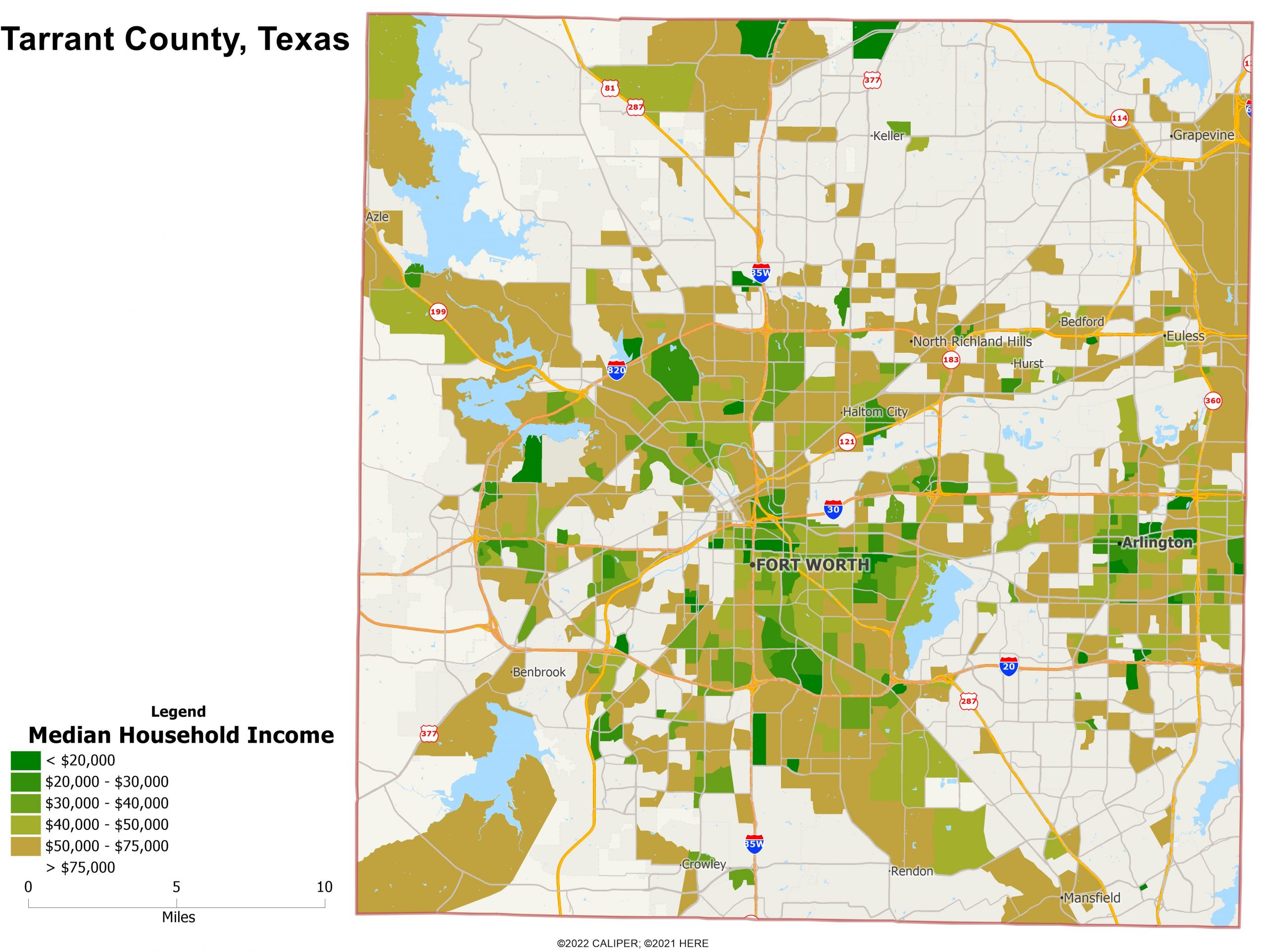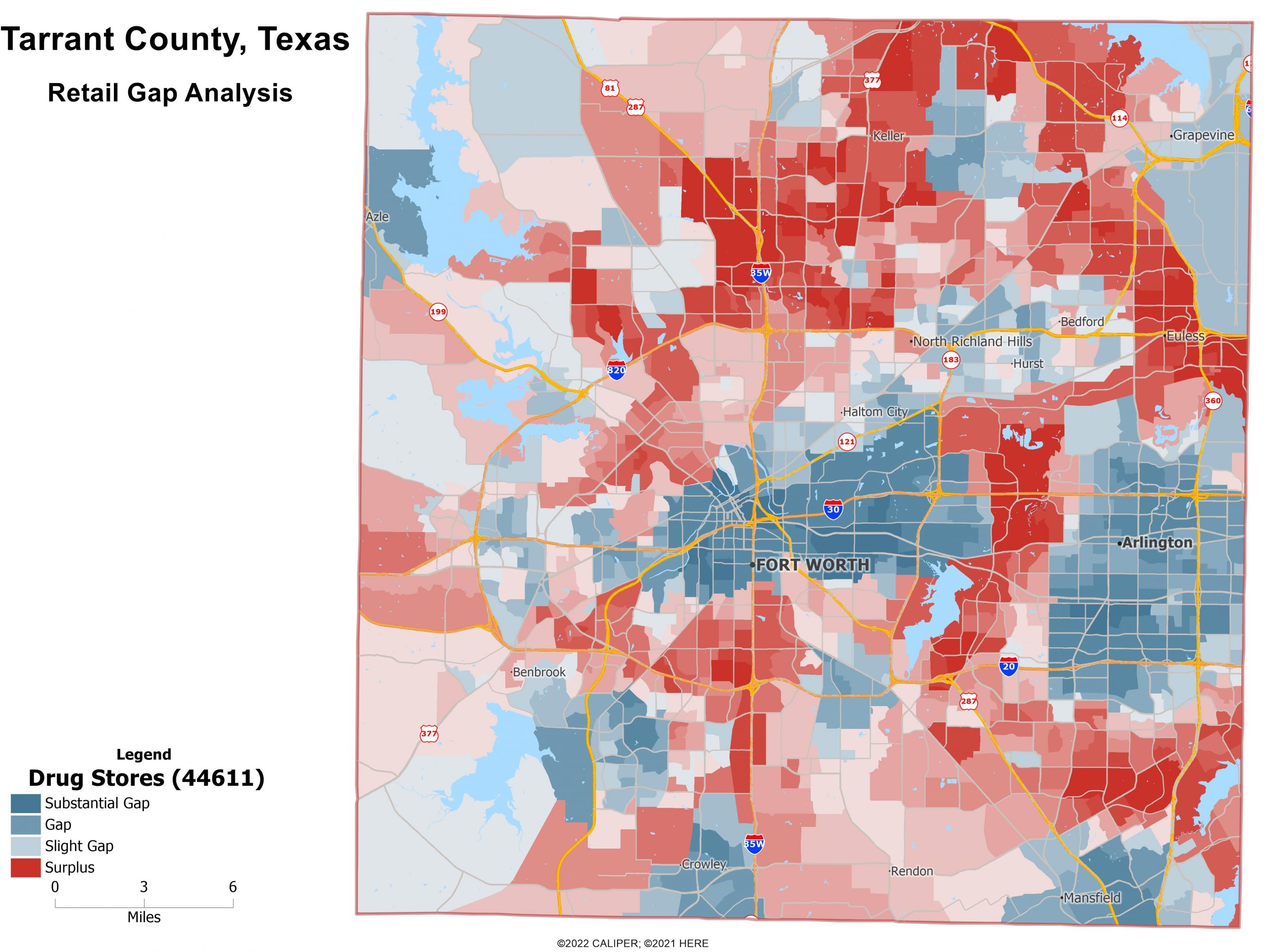What makes data and statistical analysis wonderful is the ability to optimize your research or business and take it to the next level. But what about using data to optimize non-profit organizations and enhance the work that they do? A little data can go a long way to increase the impact of these organizations.
In Fort Worth, Texas, the Junior League of Fort Worth has a diaper bank which distributes hundreds of thousands of diapers annually to families in need. In fact, the National Diaper Bank Network estimates that 1 in 3 U.S. families experience diaper need annually, meaning that they cannot afford the number of diapers it would take to keep their baby clean, dry and healthy. If the Junior League, or any other organization for that matter, is looking to find people in need of their services, how can they optimize that process? In the past, most organizations have taken the approach that they know where their constituents are located based on common knowledge of the area they are located in. But what if they could super charge their efforts with a little data?
Looking specifically at diaper need in Tarrant County, Texas, we mapped a variety of variables that we thought would be important to identify families in need. First, we mapped low household income (using the median income) to identify areas where families might have a hard time affording diapers, which are very expensive. Next, we mapped the percentage of the population with children from the age of 0-3, identifying the constituents that need to be served. Additionally, we mapped the percentage of households that are lone parent families with children, as diapers are needed to attend daycare programs, which allows the single parent to keep their job. It is a frequent issue among single moms that they can’t afford the number of diapers needed to send their children to daycare, so they miss work, and eventually lose their job. This series of maps are below.



Additionally, we mapped the retail gap analysis for grocery stores and drug stores, as we wanted to also compare the data to areas where families have limited access to purchase diapers for their children.


These maps paint an interesting story about Tarrant County. As we have previously discussed on our blog, there is often a correlation between low income areas and the lack of grocery stores. When looking at the demographic maps, Southeast Fort Worth, from neighborhoods like the historic Stop Six (named because it was the sixth stop on the electric street car) down to Forest Hill, a Fort Worth suburb, are areas that could benefit from diaper distribution. Additionally, parts of Lake Worth and Saginaw in northwest Tarrant County could also benefit from these services, along with parts of Arlington to the west. Most of the current agencies that the Junior League works with for distribution are in central Fort Worth, and these maps suggest that branching out could be a major benefit to the community.
Demographic data can do much more than just benefit businesses—it can be a tool to benefit the community as well.
